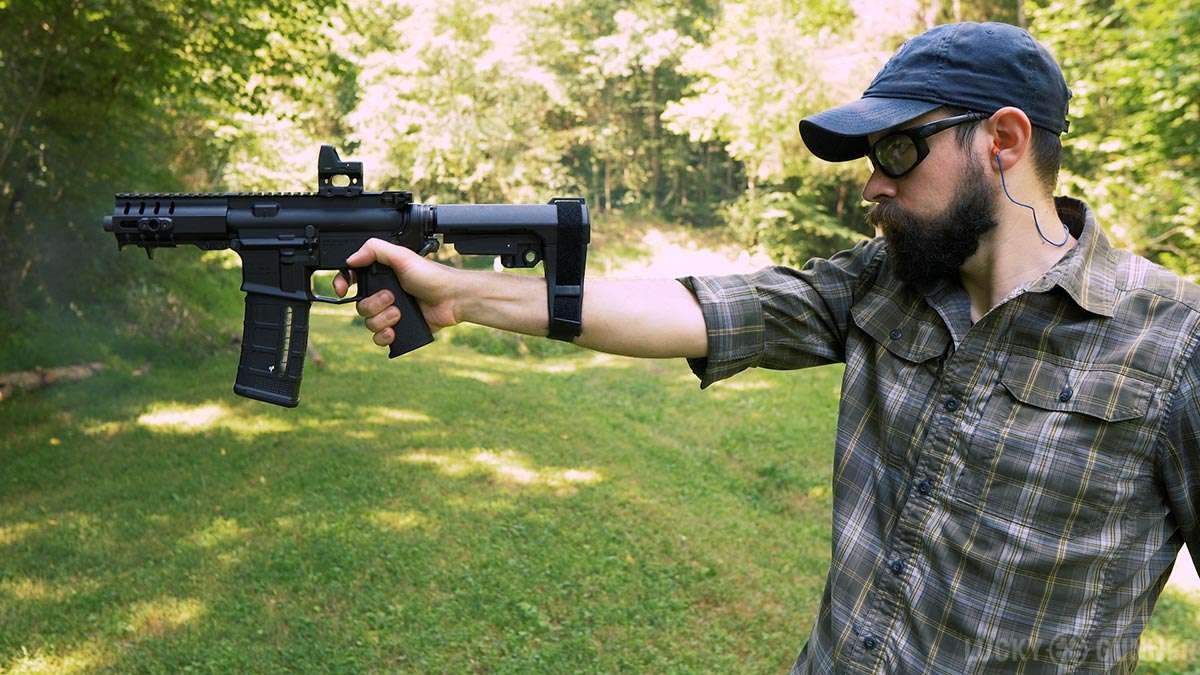
Understanding the New Directions in Pistol Brace Regulations
The recent shifts in regulations surrounding the use of pistol braces have ignited a heated debate among firearm enthusiasts, legal experts, and lawmakers. As the Department of Justice (DOJ) appears to pull back from enforcing restrictions set by previous rulings, many are left wondering what this means for the future of gun ownership in America.
The Bipolar Nature of Pistol Brace Regulations
Initially designed to provide stability when firing, pistol braces allow shooters to strap firearms to their forearms rather than their shoulders. This design was pivotal in 2012 when the ATF deemed that attaching a brace to certain firearms did not fundamentally change their classification under the National Firearms Act (NFA). However, by January 2023, conflicting directives from the ATF reclassifying braced firearms as short-barreled rifles led to legal battles, compelling users to register their weapons or face felony charges.
In June 2024, the Fifth Circuit ruled against the ATF's reclassification, declaring it "arbitrary and capricious." This court decision culminated in the DOJ's recent announcement to halt their defense of the tighter restrictions, suggesting a swing back towards a more lenient interpretation of firearm laws — a move that may signal a mix of hope and confusion for gun owners.
Why Should Gun Owners Care?
The implications of the DOJ’s decision have far-reaching effects. Tens of millions of gun owners, many of whom may inadvertently face felony charges, must navigate the hazy regulatory environment. Understanding these changes is crucial as it opens up a dialogue about individual rights and governmental authority regarding firearm ownership.
The confusion is compounded by the fact that previous legal interpretations have flip-flopped over the years. For instance, while the ATF once indicated that braces do not classify a firearm as an NFA item, their recent stance showed an abrupt change that affected many law-abiding citizens. What’s more, gun owners are now barred from retaining possessions they legally acquired, leading to a growing discourse on the rights of citizens vis-à-vis federal regulations.
Future Predictions: Where Do We Go From Here?
As the legal landscape settles, it's likely that gun rights advocates will continue to challenge any restrictive regulations in court. The ripple effect of recent judicial rulings demonstrates a robust position against what many perceive as government overreach.
However, while notable victories in court have emerged, the potential for renewed attempts to regulate firearm accessories remains. Policy analysts foresee ongoing lobbying efforts and a push for congressional action to clarify laws surrounding stabilizing braces and similar equipment.
Conclusion: The Road Ahead for Gun Owners
The recent decisions surrounding pistol brace regulations illustrate the tug-of-war between gun rights and federal law enforcement, which is likely to continue as the political landscape shifts. For firearm owners, awareness and education about these developments are paramount to ensure compliance and protect individual rights. Stay informed about the most recent developments in regulations, as they can impact not just ownership rights but public perception and policy moving forward.
 Add Row
Add Row  Add
Add 




Write A Comment